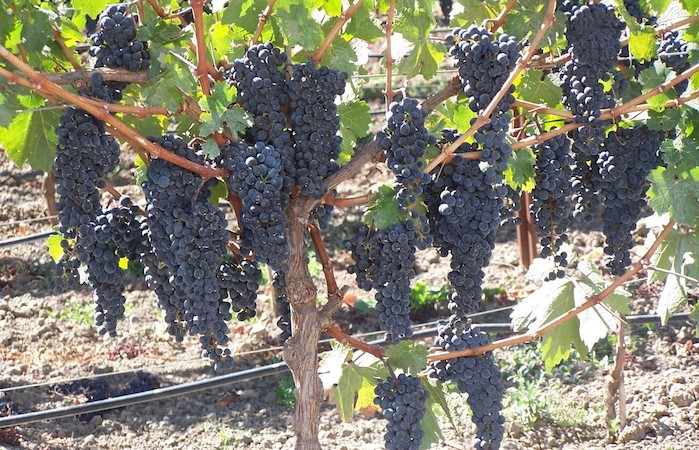If a wine company in New York sources grapes from Napa Valley, should they list that AVA on the bottle label? Is it ethical to name their wine “Napa Valley Cabernet Sauvignon,” even though it was produced in Brooklyn?
This debate is at the center of a proposed new law for U.S. wine labels. As outlined in a recent article in the Napa Valley Register, the federal government is considering legislation that would limit the use of AVA names on bottle labels to only wines produced in the state where the grapes were sourced.
That means that wines made in New York or any state besides California could not be labeled as “Napa Valley” or any other Golden State AVA. Such a proposal is now before the Alcohol and Tobacco Tax and Trade Bureau (TTB).
Proponents of the law — which include the California Association of Winegrape Growers, Wine Institute and Napa Valley Vintners — argue that listing AVAs from outside states is a dishonest representation of the wine’s origin. Wines made outside of California legally can use the “Napa Valley” name on bottles that contain grapes sourced from there, which could increase sales.
“This loophole allows unscrupulous companies to deceive consumers,” wrote Rep. Mike Thompson, D-St. Helena, in an August letter to the TTB. As reported by the Napa Valley Register, this letter has garnered the signatures of 47 additional members of Congress.
Those who oppose the change believe that it would unnecessarily limit information on wine labels. Consumers have a right to know where their wine’s grapes originate from, they believe, and removing that from the label deprives people of this knowledge.
“This regulation is really to protect Napa wineries producing Napa wine and not to protect the customer,” said David Lecomte, chief winemaker at the NY-based grape-sourcer City Winery, in the Napa Valley Register story.




